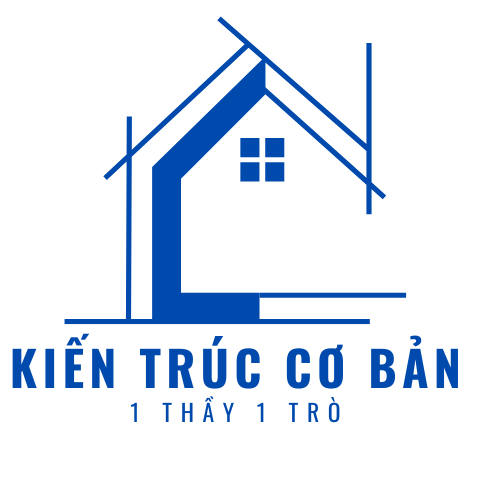Nootropics have risen as a buzzword in the world of brain health. Whether you’re hustling through college exams, grinding in a startup, or just trying to think clearer, nootropics offer to boost your brain.
Let’s start by defining nootropics. These are either natural supplements or lab-made compounds that claim to give your brain a leg up. Whether it’s about remembering names or staying laser-focused at work, nootropics are in the conversation.
## Breaking Down Nootropics
Let’s dig into the main types of nootropics:
### Nature’s Brain Boosters
These include naturally occurring compounds that can boost cognition. Think of Ginkgo Biloba, Bacopa Monnieri, Rhodiola Rosea, Ashwagandha. These are known for helping with memory, reducing brain fog, and calming the nervous system.
Lion’s Mane, for example, promotes NGF (nerve growth factor) which may help regenerate neurons.
### Lab-Made Cognitive Enhancers
This is where things get clinical: Modafinil, Piracetam, Noopept, and similar. They were originally created for medical conditions like dementia and ADHD.
Modafinil gives you the focus of a monk—minus the robes.
### Smart Supplements
Some nutrients are directly linked to better cognitive performance. Don’t underestimate good ol’ fish oil and a B-complex pill. Your brain’s not broken—it’s just thirsty or missing a few minerals.
## How Nootropics Work
Here’s where it gets science-y They tweak your dopamine, acetylcholine, and serotonin pathways. All of this boils down to clearer thinking and better memory retention.
Acetylcholine is like the Wi-Fi of your brain—faster and more connected.
## Why People Use Them
Here’s what users report:
– Improved memory
– Laser-like concentration
– More dopamine-driven energy
– Quicker grasp of complex concepts
– Reduced anxiety and stress
Results vary from person to person, but many report a mental edge that’s hard to ignore.
## What to Watch Out For
Not everything about them is golden. Too much of a good thing can fry your circuits. Things like Modafinil can be habit-forming or require cycling.
And not all nootropics are created equal. Always check third-party lab results and real user reviews.
## Combining for Maximum Effect
Nootropic stacking is like mixing a cocktail for your brain. Examples include:
– **Caffeine + L-Theanine**: Energy without the jitters
– **Modafinil + Alpha GPC**: Long hours of work + memory boost
– **Bacopa + Rhodiola + Lion’s Mane**: Nature’s nootropic cocktail
Don’t want to DIY? Brands like Mind Lab Pro and Alpha Brain already did the math for you.
## Who Uses Nootropics?
The user base is broadening. Common users include:
– Sleep-deprived college kids
– Tech workers and programmers
– Esports players
– Artists hunting the muse
– Boomers fighting brain fog
## Smart First Steps
Thinking of trying nootropics? Follow these steps:
1. **Start small**: Ease into it
2. **Research thoroughly**: Know what you’re putting in your body
3. **Cycle your usage**: Give your brain a breather
4. **Track your results**: Use a journal or app
5. **Talk to a doctor**: Especially if mixing with medication
## Wrap-Up
They won’t make you Einstein overnight, but they might help you think a bit clearer. Like any tool, it’s how you use them that matters.
The future of brain enhancement might already be in your pillbox.
Read more: omeka.net (best nootropics cognitive enhancers)
